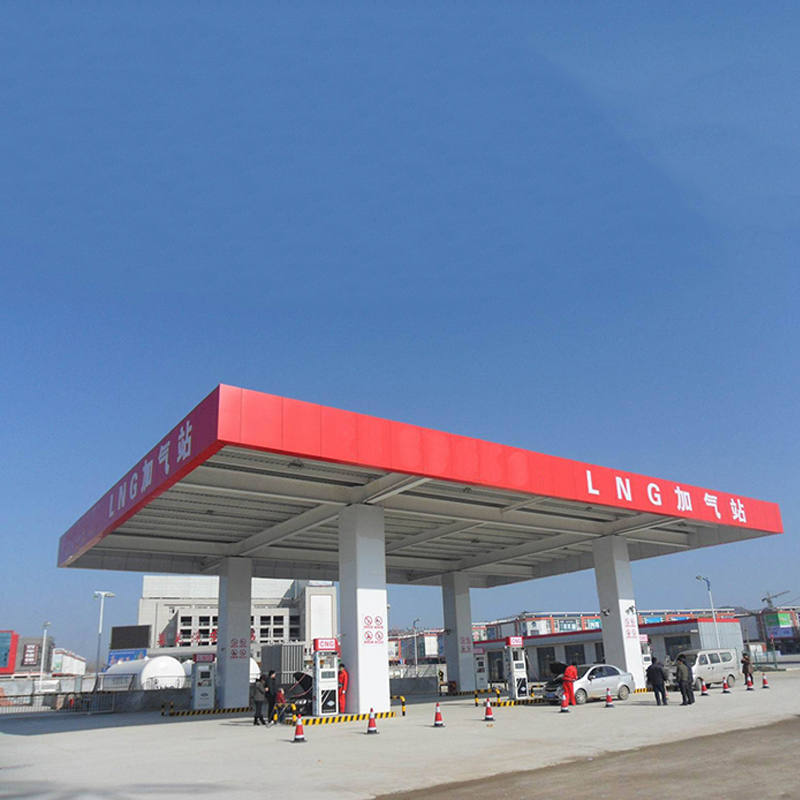
Oct . 02, 2024 14:26
Back to list
High-Performance Voltage Regulator for Enhanced Precision and Stability in Electronic Circuits
Understanding Precision Voltage Regulators An In-Depth Overview
In the world of electronics, precision voltage regulators play a crucial role in ensuring that circuits operate at optimal performance. These devices are designed to provide a stable output voltage irrespective of variations in input voltage or load conditions. In this article, we delve into the working principles, types, applications, and advantages of precision voltage regulators.
What is a Precision Voltage Regulator?
A precision voltage regulator is an electronic component that maintains a constant output voltage using an appropriate feedback mechanism. Unlike standard voltage regulators, which may offer acceptable voltage stability under specific conditions, precision voltage regulators operate with minimal deviation from the nominal output voltage. This is particularly important in applications where voltage fluctuations can lead to poor performance or damage sensitive electronic components.
How Do Precision Voltage Regulators Work?
At the core of a precision voltage regulator is a feedback control system that continuously monitors the output voltage. If the output voltage drifts away from the desired level, the regulator makes adjustments to bring it back within the specified range. This feedback loop typically employs operational amplifiers, reference voltage sources, and power transistors to regulate the voltage effectively.
The main components of a precision voltage regulator include
1. Reference Voltage Source This is a stable and accurate voltage source that serves as the benchmark for the regulator’s output. 2. Error Amplifier This component compares the output voltage to the reference voltage. The error signal produced informs the regulator whether to increase or decrease the output. 3. Pass Element Often a transistor, this element modulates the flow of current to the load based on the error signal adjusted by the feedback from the output.
Types of Precision Voltage Regulators
Precision voltage regulators can be categorized into linear and switching regulators
1. Linear Voltage Regulators These are the simplest form of voltage regulators, offering low noise and high precision. They work by dissipating excess voltage as heat to maintain a stable output. However, they are not very efficient, especially when the difference between input and output voltage is large.
2. Switching Voltage Regulators These regulators are more efficient than their linear counterparts as they use an on-off switching mechanism to control the output voltage. By rapidly switching the pass element, these regulators can deliver a stable voltage with minimal heat generation. However, they tend to generate more noise, which may not be suitable for all applications.
Applications of Precision Voltage Regulators
precision voltage regulator

Precision voltage regulators find applications across various fields, including
- Consumer Electronics Devices such as smartphones, tablets, and laptops require stable voltage for optimal performance. Precision regulators ensure that components like CPUs and GPUs receive a consistent power supply.
- Industrial Equipment Many industrial automation systems rely on precision voltage regulators to maintain the performance of sensors and actuators in varied operating conditions.
- Medical Devices In medical devices, accuracy and reliability are non-negotiable. Precision voltage regulators help in achieving the high standards required in this field, especially in devices like imaging systems and patient monitoring equipment.
- Telecommunications Precision voltage regulators are vital in ensuring the reliability of communications systems, particularly in base stations and other critical infrastructure.
Advantages of Using Precision Voltage Regulators
The advantages of implementing precision voltage regulators in electronic circuits include
- Increased Reliability By providing a stable voltage output, these regulators ensure that sensitive components operate reliably and within their specified parameters.
- Improved Performance Stable voltage levels lead to enhanced performance of electronic devices, ensuring optimal functionality without disruptions from voltage variations.
- Reduced Noise Although both types of regulators can introduce noise, precision linear regulators tend to provide lower noise levels, making them ideal for sensitive applications.
- Longer Lifespan of Components By protecting devices from voltage spikes and fluctuations, precision voltage regulators contribute to prolonging the operational lifespan of electronic components.
Conclusion
Precision voltage regulators are vital components in modern electronics, ensuring the stability and reliability of power supply across various applications. Their ability to maintain a constant output voltage regardless of input fluctuations makes them indispensable in technology ranging from consumer electronics to critical industrial systems. As technology continues to advance, the role of these regulators will only become more integral in the quest for efficiency and accuracy in electronic design.
Next:
Latest news
-
Safety Valve Spring-Loaded Design Overpressure ProtectionNewsJul.25,2025
-
Precision Voltage Regulator AC5 Accuracy Grade PerformanceNewsJul.25,2025
-
Natural Gas Pressure Regulating Skid Industrial Pipeline ApplicationsNewsJul.25,2025
-
Natural Gas Filter Stainless Steel Mesh Element DesignNewsJul.25,2025
-
Gas Pressure Regulator Valve Direct-Acting Spring-Loaded DesignNewsJul.25,2025
-
Decompression Equipment Multi-Stage Heat Exchange System DesignNewsJul.25,2025

